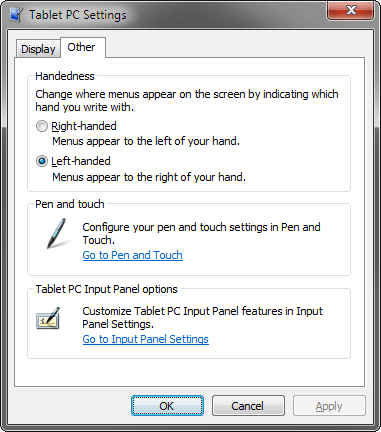WiX v3.5 with Votive that supports Visual Studio 2010 has been released.
The Bugzilla Project announced the release of Bugzilla 4.0. News topic.
Kippo is a medium interaction SSH honeypot designed to log brute force attacks and, most importantly, the entire shell interaction performed by the attacker. Hosted on Google Code.
Honeyd is a small honeypot daemon that creates virtual hosts on a network.
CodeProject’s famous writer Sacha Barber starts article series about Task Parallel Library, Task Parallel Library part 2.
Larry Osterman is writing about: The case of the inconsistent right shift results in C/C++ on 32-bit and 64-bit machines.
Security lesson: The inside story of the HBGary hack.
Debian’s The Computer Language Benchmarks Game.
Visual C++ Team Blog continues series with – Advanced STL, Part 1.
